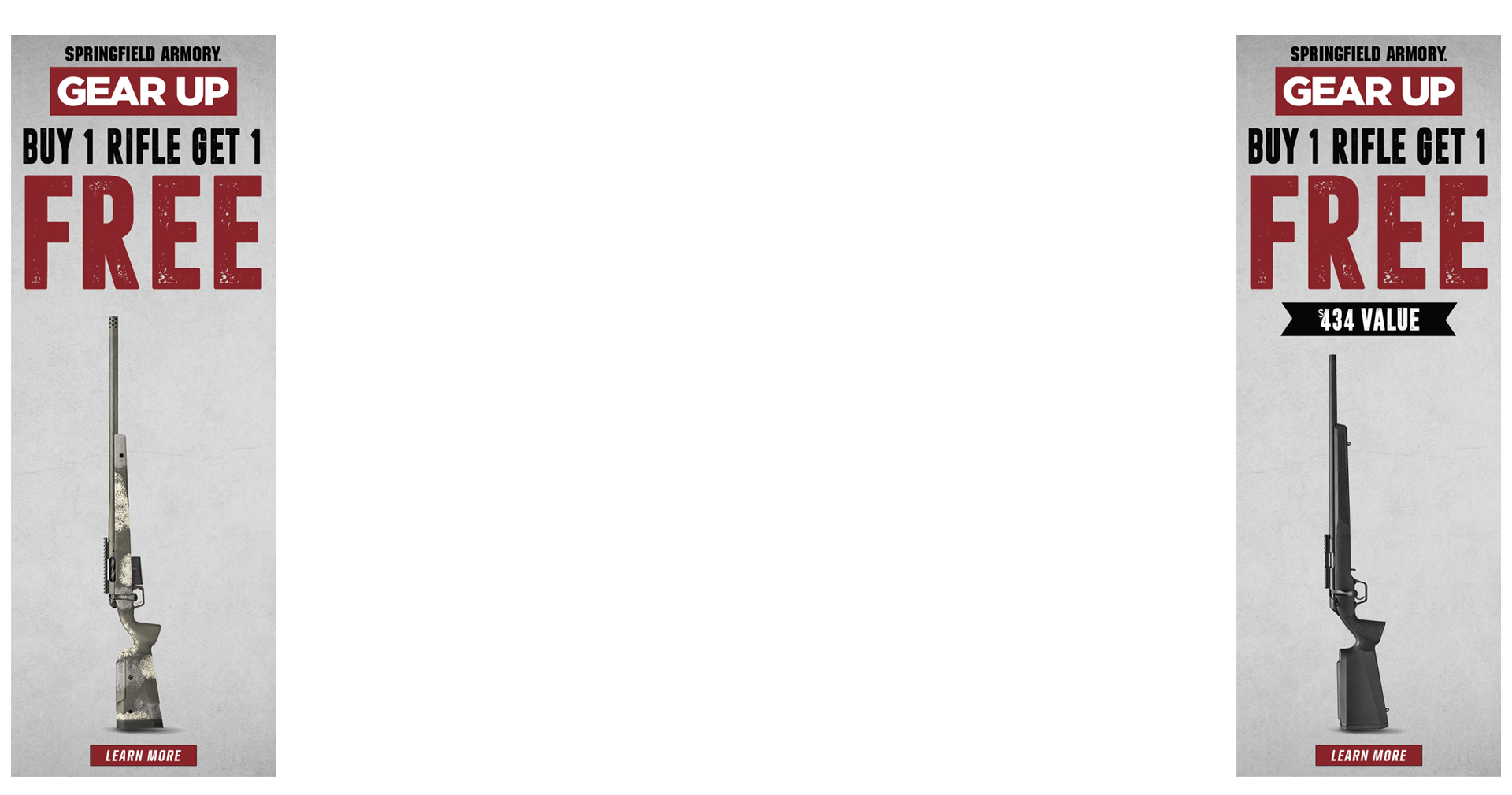Got you. No offense taken. Im neck deep swimming in that phase.I would really like to not have to address the inside of the neck on every single piece of brass I reload. I moved past the "amateur benchest reloader" phase a long time ago. I reload and shoot way too much to do that with every cartridge that I reload for. I don't mean that in a shitty way towards you. Not as a rebuttal or anything. Just looking for something that will allow me to mandrel without having to treat the necks
I recommend the nitride die, When I say I feel the difference its just a "slight more resistance" and its probably non affecting. I just havent tested.

